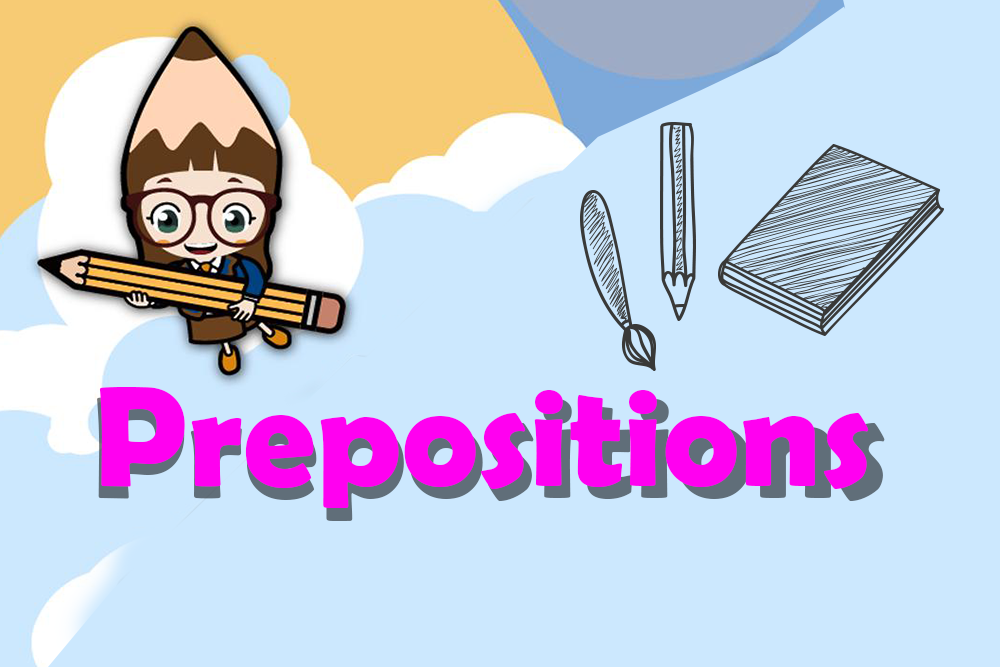What Is a Noun?

The definition of a noun used to be so simple. You may even remember your elementary school teachers telling you a noun was a person, place or thing. Then it got a little more complicated when they added “idea” to the list. Then it got even more confusing when you asked about “coffee” in “coffee table”. Is it a noun or an adjective? What about when you add an apostrophe and “s” to it to show possession? Is it still a noun, or does it become an adjective? And round and round you go. It’s exhausting, but there are answers.
Defining a Noun
There are a lot of definitions for “noun” from the simple list to the complex linguistic explanation, but the best way to explain what a noun is to explain what a noun is. Remember when you read that verbs do verb-y things? Well, here are the noun-y things that nouns do:
- They come with articles. If it follows "a", "an", or "the" fairly closely, it’s probably a noun. If there’s an adjective in there, it’ll be between the article and the noun, so you’ll have to ask yourself, “Is this something I can feel, see, smell, taste or touch? Or does it describe something I can feel, see, smell, taste or touch?” If it’s the former, it’s a noun. If it’s the latter, it’s probably an adjective.
- They are described by adjectives. If something is described as being blue, old, shiny, hot or wonderful (all adjectives), it’s probably a noun.
- They act as subjects. Generally, the subject of a sentence is the thing that comes right before the verb. When you say, “The Dingo ate my baby”, the subject is “the Dingo”. It comes right before the verb (ate). Subjects are a little tricky because they can consist of just one word or a whole, long phrase that can contain several nouns. Gerund and infinitive verbs can also act as subjects of a sentence, but in that role, they are serving as nouns. Why? Because nouns act as subjects.
- They act as objects and complements. Complements follow state-of-being verbs like “be”, “seem”, and “become”. Objects follow other verbs as well as prepositions. In the sentence, “Amy is a teacher”, the complement is “a teacher”. In the sentence, “Billy hit a teacher”, the object is “a teacher”. In the sentence, “I am sitting near a teacher”, the prepositional object is “a teacher”. In all cases, “teacher” is a noun.
- They are names. All names of all things (people, cities, towns, counties, states, countries, buildings, monuments, rivers, mountains, lakes, oceans, streams, natural disasters, books, plays, magazines, articles, songs, works of art, etc.) are nouns.
Not all nouns do all of these things all of the time, and not all the words that do some of these things are nouns, but by and large, if it looks like a noun and acts like a noun, it’s probably a noun.
Noun Gender
In English, most nouns are not inherently male or female like they are in many other languages. However, there are a few nouns that do indicate masculinity/femininity:
- actor/actress
- waiter/waitress
- prince/princess
- king/queen
- boy/girl
- man/woman
- gentleman/lady
- uncle/aunt
- father/mother
- grandfather/grandmother
- brother/sister
- son/daughter
- nephew/niece
Plural Nouns
Most English nouns can be made plural simply by adding an "s" to them, but there are a few exceptions.
- Nouns whose singular forms end in s, z, x, ch, or sh need es to become plural (boss-bosses, box-boxes, watch-watches, bush-bushes).
- Certain nouns that end in o also need es to become plural (potato-potatoes, hero-heroes, volcano-volcanoes).
- For nouns that end in f or fe, change the “f” to a “v”, and add es (knife-knives, wolf-wolves).
- If a singular noun ends in a single consonant followed by y, change the “y” to “i”, and add es (lady-ladies, spy-spies).
Common vs. Proper Nouns
Common nouns are simply things that exist in mass quantities whereas proper nouns are names of specific things. For example, “building” is a common noun. There are millions of them in the world. They’re common. However, the Empire State Building is the name of one specific building. There’s only one, and that’s its name. It’s a proper noun.
Common nouns are not capitalized (unless they begin a sentence, of course), but proper nouns are always capitalized.
Common nouns are not capitalized (unless they begin a sentence, of course), but proper nouns are always capitalized.
Count vs. Non-Count Nouns
Count (or countable) nouns are nouns that can be counted and therefore made plural. You can have just one eye, but more likely, you have two eyes. One eye, two eyes – you can count them.
Non-count (or non-countable/uncountable) nouns are those that we do not generally pluralize. Most liquids, powders and grains fall into this category. Even though there are many corn flakes in your bowl, you say you eat cereal for breakfast, not cereals. And you put sugar on it, not sugars, and you drink coffee with it, not coffees.
We sometimes pluralize non-count nouns when we are referring to the container or form in which they come. You order two coffees (one for you, one for your friend), but what you really mean is two cups of coffee. You’re counting the cups, not the liquid.
Non-count (or non-countable/uncountable) nouns are those that we do not generally pluralize. Most liquids, powders and grains fall into this category. Even though there are many corn flakes in your bowl, you say you eat cereal for breakfast, not cereals. And you put sugar on it, not sugars, and you drink coffee with it, not coffees.
We sometimes pluralize non-count nouns when we are referring to the container or form in which they come. You order two coffees (one for you, one for your friend), but what you really mean is two cups of coffee. You’re counting the cups, not the liquid.
Concrete vs. Abstract Nouns
Concrete nouns are those that can be perceived with the five senses. If you can see, taste, smell, touch and/or hear it, it’s a concrete noun. If it’s a concept or idea (love, peace, hate, justice) that cannot be perceived physically, it’s an abstract noun.
Possessive Nouns
Possessive nouns can function in the same way as possessive adjectives and pronouns, but possessive nouns are simply nouns with ‘s or ‘ at the end to show possession. They’re still nouns, but they function as adjectives or pronouns depending on how you use them.
A noun is any word that does one or more of these noun-y things.
A noun is any word that does one or more of these noun-y things.
DU HỌC UNIGLOBE
10/3 Nguyễn Thị Minh Khai, Phường Đa Kao, Quận 1, TP.HCM
ĐT: (08) 35 173 345 – 35 173 678
Email: info@uniglobe.edu.vn
Website: www.uniglobe.edu.vn






bình luận